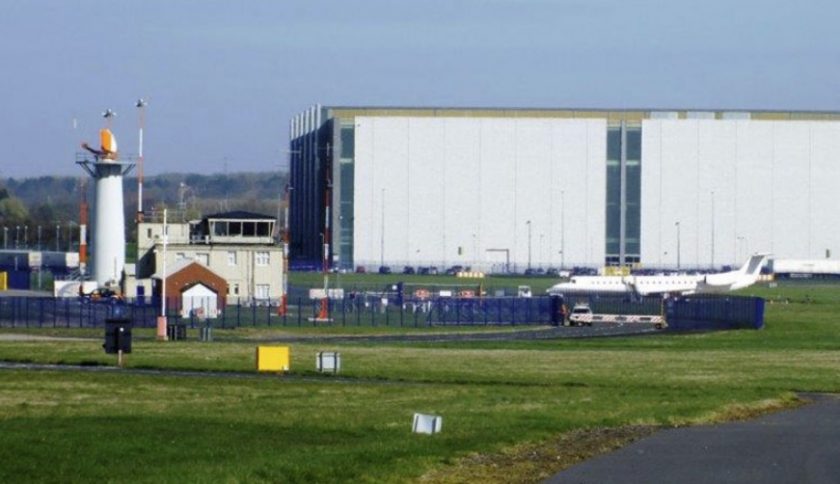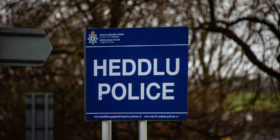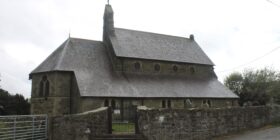Wales’ record high temperature recorded at Hawarden Airport last week verified by the Met Office

A new Wales record-high temperature of 37.1C recorded at Hawarden Airport on July 18 has now been verified by the Met Office.
The UK’s new record-high temperature of 40.3C at Coningsby, Lincolnshire has also been confirmed.
The Met Office has said quality control testing, including physical inspections, cross-checking of stations and sites and further testing of equipment was carried out on a number of sites where records were provisionally broken.
“These quality control measures are in accordance with the internationally-agreed World Meteorological Organisation (WMO) standards, which are required to be accepted as official records. ”
The extreme temperatures were recorded as the UK was impacted by an unprecedented heatwave, with the previous UK temperature record of 38.7C provisionally met or exceeded at 46 stations, from Kent to North Yorkshire and from Suffolk to Warwickshire. Provisionally, seven stations recorded maximum temperatures in excess 40C.
Ali Price, whose team is responsible operating the Met Office network of weather observing stations in the UK, said: “Verification of these records has confirmed the extreme heat that we experienced last week.
“The process of verifying these records, using a rigorous process to ensure the readings collected were accurate, is vital to ensure that our temperature records reflect our weather and climate and have not been adversely influenced by other factors.
Dr Mark McCarthy of the National Climate Information Centre said: “Verification of these record-breaking temperatures confirms what we’ve been saying in the last week, that the UK exceeded 40C for the first time as part of a widespread and intense heatwave.
“In a climate unaffected by human-induced climate change, it would be virtually impossible for temperatures in the UK to reach 40C but climate change is already making UK heatwaves more frequent, intense and long-lasting.”
Quality control for a provisional new UK highest daily minimum temperature record is still ongoing and will be verified once final checks have been completed. It is possible that further readings could be submitted in the coming weeks which will be included in our official temperature records, subject to routine quality control.
Hawarden weather station
Specific temperatures quoted from the Met Office have come from weather stations that meet specific criteria including one which is situated within Hawarden Airport.
These weather stations are regularly maintained and inspected by specialist teams.
Within these official weather stations, thermometers are housed in a white slatted box with its door facing north, called a Stevenson screen.
This keeps the thermometer away from direct sunlight but the airflow constant and ensures consistency of readings across the UK.
The locations of these boxes are also standardised, being mounted 1.25m over level, grass ground and at least 20m away from concrete or hard-standing, and only half of the area within a 100m radius should be formed of man-made surfaces.
[Photo: hawardenaerodrome.co.uk]
Latest News









